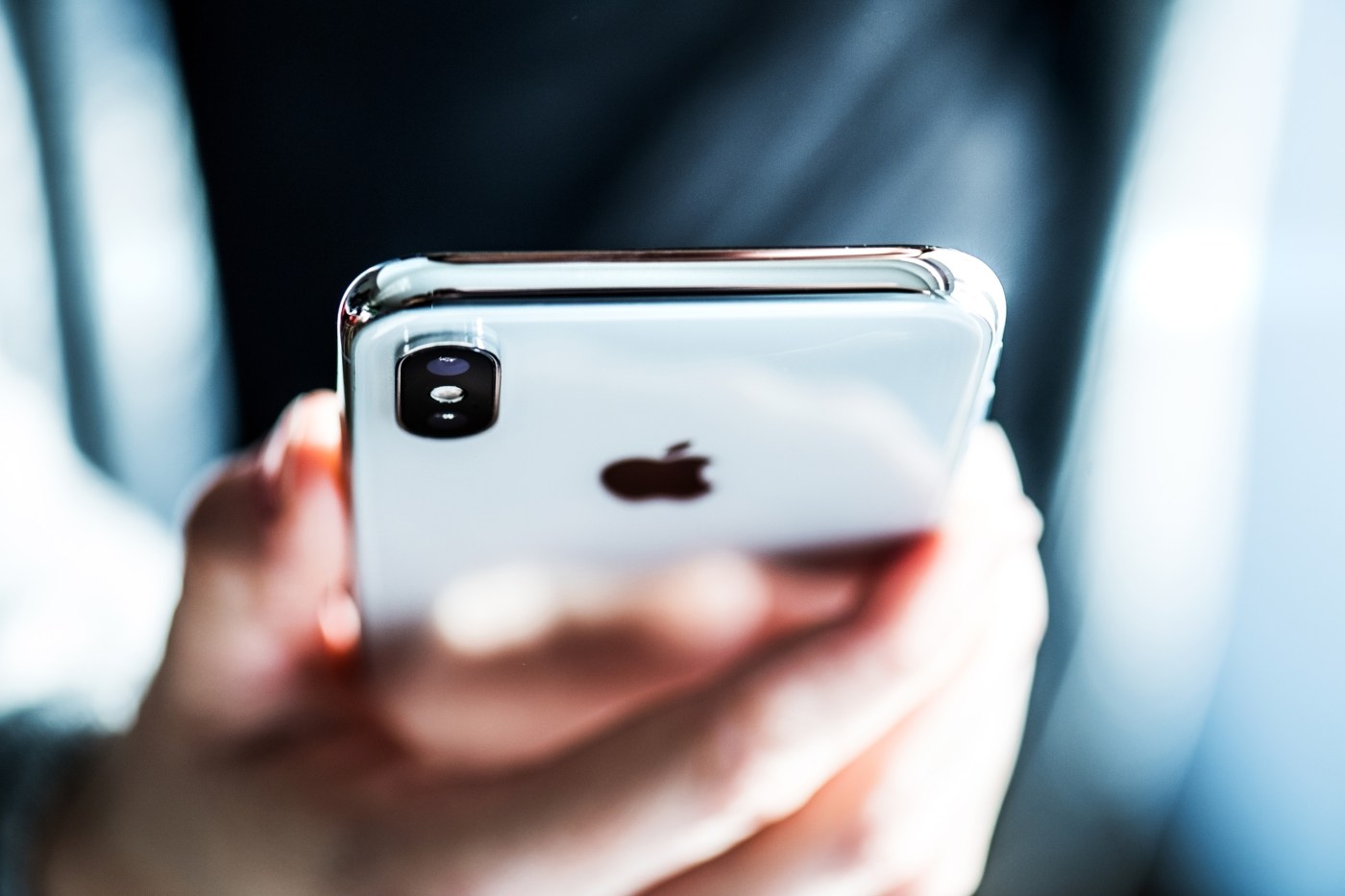
Editorial: Ban TikTok in school? Get rid of phones instead
In response to the inordinate amount of time young Americans spend online, a bipartisan group of lawmakers is pushing to curb students’ access to social media sites while at school. The goal of keeping students off TikTok during the school day is undoubtedly worthwhile, but policymakers would be better off taking a simpler and more effective approach: banning mobile phones from schools altogether.
It’s by now indisputable that allowing kids to have phones in the classroom harms academic performance — even among those who don’t actually use them. Excessive smartphone and social media use have also been linked to rising rates of teenage depression, emotional distress and self-harm. Three-quarters of US public schools claim to prohibit “nonacademic” use of mobile phones during class, but enforcement remains weak. A recent survey found that 97% of US adolescents used their phones at school, with most of it spent on social media, YouTube and gaming platforms.
The problem has finally spurred some in Congress to act. A bill introduced by Texas Senator Ted Cruz would require districts receiving funds through the federal E-Rate program, which subsidizes the cost of broadband connections, to block access to social media platforms over their Wi-Fi networks, just as they already must do for pornography. They’d also have to disclose how much classroom time is spent on screens. Districts that fail to comply would face the loss of federal subsidies — a powerful incentive for schools in high-poverty areas, which rely on E-Rate to cover up to 90% of their internet costs.
Cruz and his cosponsors, Republicans Ted Budd and Shelley Moore Capito and Democrat John Fetterman, deserve credit for trying to prevent taxpayer money from further enabling teens’ social media use. But even if it’s eventually enacted, the bill won’t have much impact on student learning. Only one-third of public schools receive E-Rate funds and would be subject to the mandate. Kids would also still be able to send text messages, watch videos and shop online on their devices. And regardless of how students use their phones, merely being in proximity to them impairs focus and retention, while forcing teachers to waste valuable time policing their use.
Rather than try to control what students do on their phones, policymakers should be focused on removing them entirely. Other countries show it can be done: France, Italy, the UK and China, among others, have imposed nationwide restrictions on mobile phones in schools. US Education Secretary Miguel Cardona should act on the recommendation made by dozens of education researchers and issue an official advisory to school districts calling for an outright ban of phones — and press state-level education chiefs to do the same.
State and federal lawmakers should provide financial incentives for districts that implement phone-free policies and increase funding for pouches and lockers to store devices for the duration of the school day.
After years of inaction, it’s encouraging to see some national leaders begin to address the damage inflicted by mobile technology on student learning. But bolder action is still needed to start solving the problem for good.
Bloomberg Opinion/Tribune News Service
Editorial cartoon by Steve Breen (Creators Syndicate)


